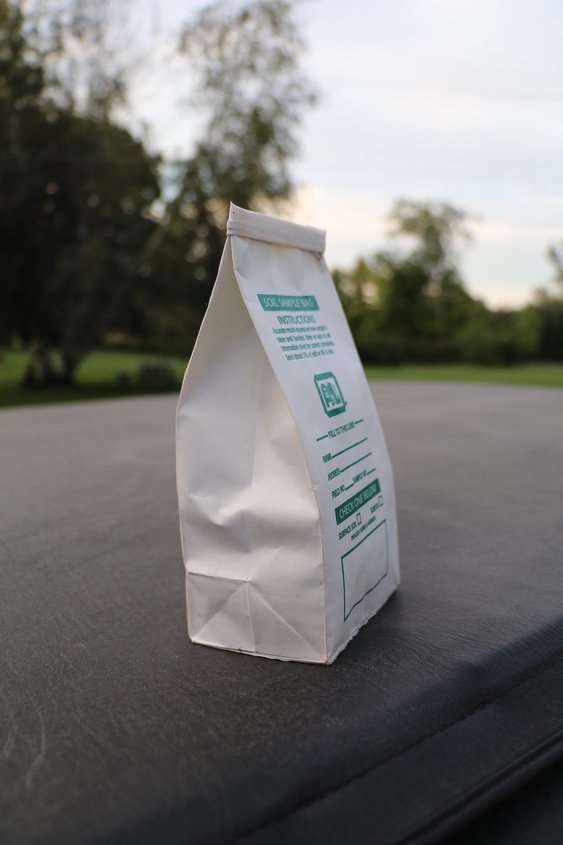While a small change in these levels shouldn’t raise an alarm, be sure to follow up if you see a significant change
By Patrick Lynch
Farms.com
If you are soil sampling you should track how levels change over the years. Ideally, the same person or lab should take the samples year after year. Then you can see if the levels change.
If a lab is working at top efficiency, there can be a 25 per cent difference in the results from one day to the next. Thus, any test number could be plus or minus 12.5 per cent. Thus, a soil test of 50 could be plus or minus 12.5 per cent, so could be 44 to 56.
So if your soil test level for P has dropped from 56 to 42 ppm that would be a 25 per cent drop. At those high levels a 25 per cent drop is no problem. Both levels are very high. Neither levels are responsive – except for a starter.

On the other hand, if you soil is testing 12 ppm P, a 25 per cent variation would mean it could be 9 to 15 ppm. Again, no big problem, since at 10 or 14 ppm you should be applying more than removal rate.
Same for K. A soil testing 100 could be 90 to 125. At these levels you should be applying at least enough to cover removal rates – and possibly a bit more. If you are testing 300 for K and drop to 250 – no problem.
But if your soil is testing 28 for P and suddenly drops to 14, there is a problem.
What if I have an unreasonable change in soil test levels?
If your soil test levels for P have dropped from say 28 to 14 or risen from 14 to 28, you need answers. If you have ruled out all possible explanations for change in soil test levels – such as you did not apply sludge or high poultry manure rates, used a plastic pail, and sampled at the same depth as the last time – call the lab.
Most labs keep soil samples for a few weeks after analyzed. If something doesn’t make sense, call the lab and ask for a repeat analysis.